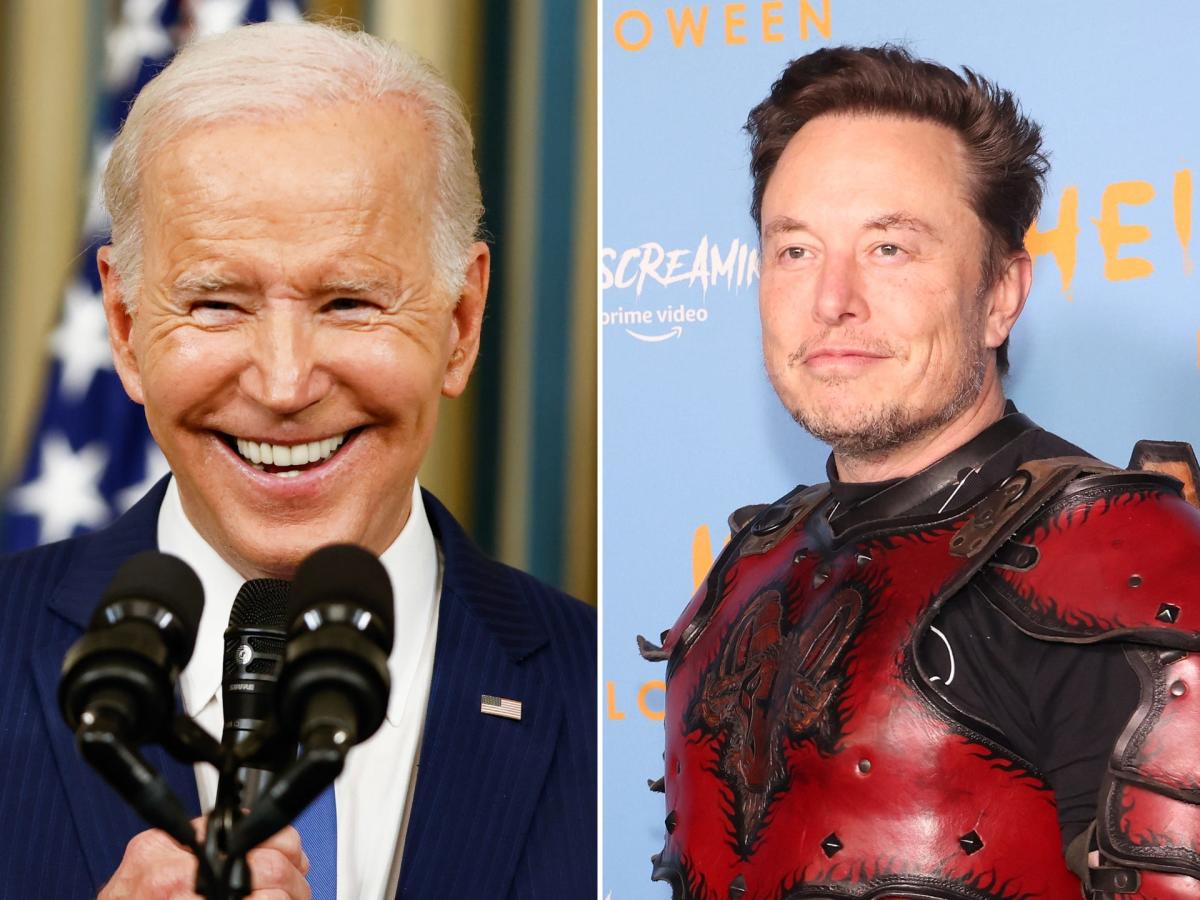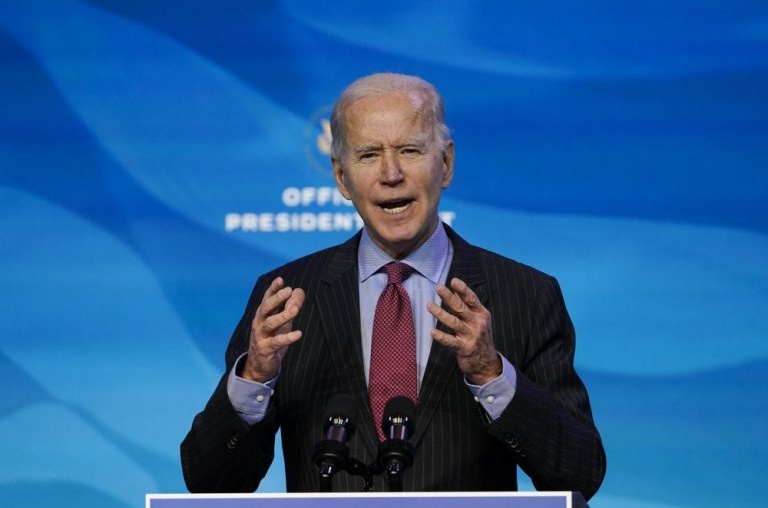The Biden administration’s efforts to ensure at least 500,000 electric-vehicle chargers across the United States in the coming years received a boost with White House confirmation that Tesla will make at least 7,500 of its chargers — previously notoriously limited to its own cars — available to any EV by the end of 2024.
After the White House used 2021’s infrastructure law to push for more EV charging, including charging open to any model of EV and uniform payment methods, Tesla TSLA, +7.51% was forced to concede opening its network in order to qualify for federal incentives.
Biden has set a target of at least 500,000 chargers by 2030, with a presence in all states.
After meeting with President Biden, Tesla founder Elon Musk hinted at the possibility of launching his SuperCharger network late last year. However, no timetable was provided.
Tesla’s move will include at least 3,500 new and existing 250 kW Superchargers along highway corridors, as well as so-called Level 2 Destination Charging at urban and rural locations such as hotels and restaurants.
Biden officials announced on Wednesday that all EV chargers funded by the bipartisan infrastructure bill must be built in the United States beginning immediately. Final assembly and all manufacturing processes for any iron or steel charger enclosures or housing must take place in the United States beginning immediately. By July 2024, at least 55% of all components must be manufactured in the United States.
“We’re incentivizing companies to make more EV charger parts here in America, built by American workers,” Transportation Secretary Pete Buttigieg said of the update on Wednesday.
“We’ll provide a transition period for companies to onshore those supply chains back to the United States, and we’re already seeing how quickly the industry is investing to create new manufacturing plants and capacity here, having gone from almost no EV charging manufacturing here a few years ago to at least 11 companies establishing new U.S. facilities or headquarters today,” he said.
Officials said that the updated standards announced Wednesday include efforts to make charging a predictable and reliable experience by ensuring consistent plug types, power levels, and a minimum number of chargers capable of supporting drivers’ fast charging needs.
“We want to make sure you can plug in, know what you’re going to pay, and charge up with a predictable and user-friendly experience,” Buttigieg said. “Just as when you fill up your gas tank RB00, -1.66% today, you know that the experience will be broadly consistent, regardless of your location or vendor.”
Furthermore, requirements state that chargers must be operational when drivers need them to be, with a 97% uptime reliability requirement; and that drivers can easily locate a charger when they need one, with publicly accessible data on location, price, availability, and accessibility via map apps.
Furthermore, drivers will no longer be required to use multiple apps and accounts to charge depending on which charger is used — new requirements require that a single method of identification work across all chargers, allowing for universal credit cards or tap payment capabilities.
According to administration officials, other US companies are following Biden’s lead. Hertz HTZ, +2.56% and BP BP, +1.01% bp, for example, plan to bring charging infrastructure to Hertz locations, with charging hubs serving rideshare UBER, +5.35% and taxi drivers, car rental customers, and the general public at high-demand locations such as airports. A number of installations will feature large-scale charging hubs known as “gigahubs.”
BP has stated that it plans to invest $1 billion in EV charging in the United States by 2030. Hertz’s goal is to electrify one-quarter of its fleet by the end of 2024.
Meanwhile, Pilot Company, General Motors GM, +0.98%, and EVgo EVGO, +1.45% have joined forces to create a coast-to-coast network of 2,000 high-power 350 kW fast chargers at Pilot and Flying J travel centers along American highways.
According to Mitch Landrieu, Biden’s senior adviser, the number of publicly available charging ports has increased by more than 40%.
“There are currently over 3 million EVs on the road, as well as 130,000 public chargers across the country,” he added. “However, our work is far from done.”
The bipartisan Infrastructure Law of 2021 invests $7.5 billion in electric vehicle charging, $10 billion in clean transportation, and more than $7 billion in EV battery components, critical minerals, and materials.
Furthermore, the climate-related spending bill known as the Inflation Reduction Act includes incentives for advanced batteries as well as new and expanded tax credits for EV purchases and charging infrastructure installations, as well as dozens of other federal initiatives designed to drive domestic manufacturing and build a national network of EV charging.
Since the IRA’s passage, language clarifying which vehicles qualify for the $7,500 tax credit on new EVs has evolved, including news earlier this month. More electric vehicles produced by Tesla, General Motors, and other automakers will be eligible for tax credits as a result of a change in the definition of SUVs.
Rules are also being reviewed as more overseas manufacturers of EVs sold in the United States seek assistance from consumer incentives.






